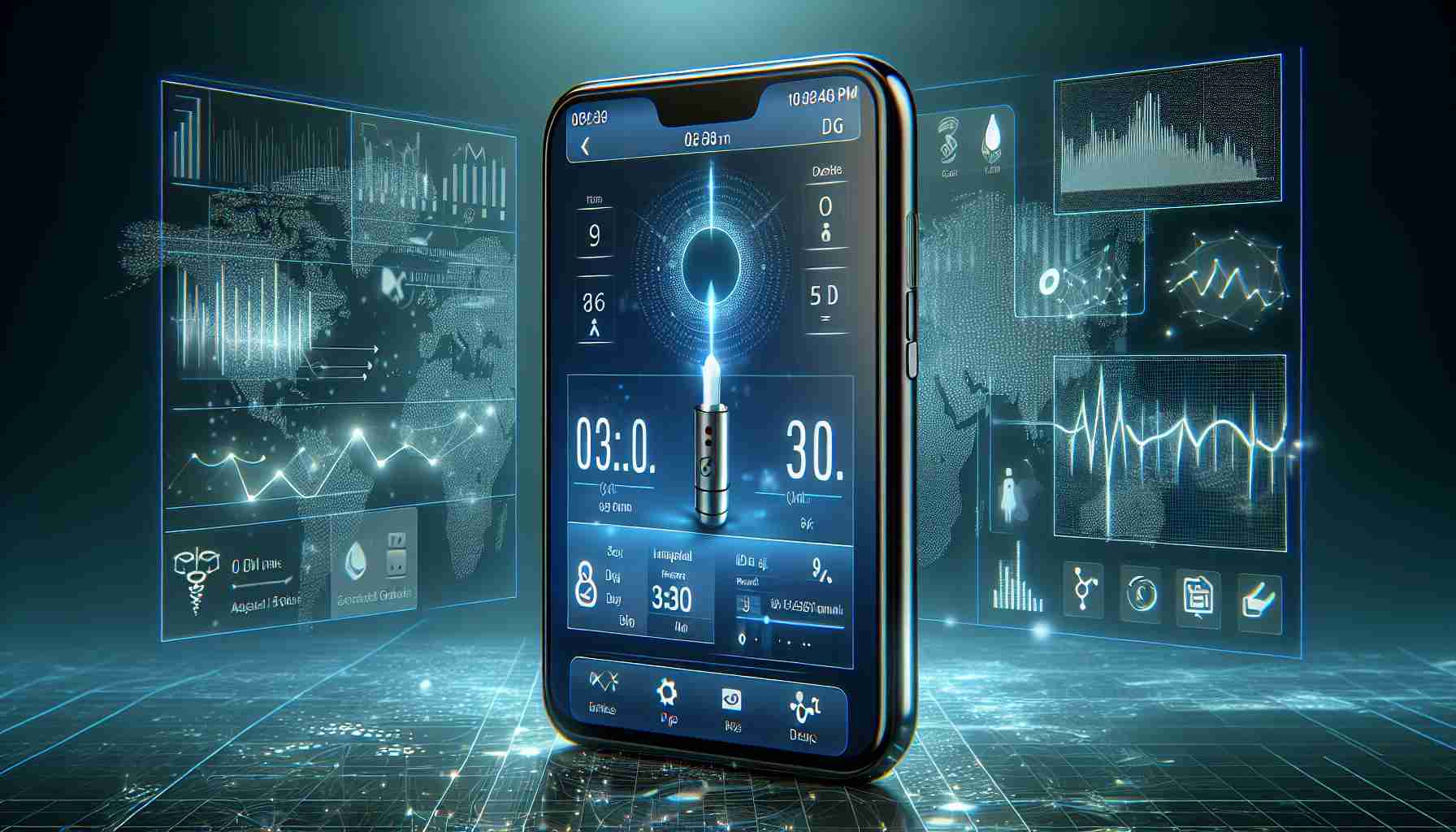Scientists at the US government’s National Institute of Standards and Technology (NIST) have developed an innovative method to accurately measure blood glucose concentration using the magnetometer found in smartphones. While most mobile phones are equipped with this built-in compass that detects Earth’s magnetic field, NIST researchers have discovered its potential in revolutionizing medical diagnostics.
According to Gary Zabow, a scientist at NIST, by combining the phone’s magnetometer with magnetic materials designed to respond to biological or environmental triggers, it becomes possible to measure various biomedical qualities swiftly and cost-effectively. Beyond glucose concentration, this technology shows promise in monitoring and diagnosing illnesses, and even detecting environmental toxins.
During their proof-of-concept study, the researchers attached a hydrogel strip and a small well containing a solution, which replaced blood for testing purposes, to a smartphone. By introducing small magnetic particles into the hydrogel material, they were able to observe variations in pH levels, which could indicate the presence of certain biological disorders.
One of the significant advantages of this method is its simplicity and affordability. The smart hydrogels created by the researchers are easy to produce and reasonably priced. This opens up the possibility of developing low-cost test kits that can be connected to smartphones, using a dedicated app to measure blood sugar levels. The technology relies solely on the existing capabilities of a smartphone without requiring additional electronics or technology.
Looking ahead, researchers are exploring the potential of mobile magnetometers to enhance the accuracy of measurements in various medical applications. They envision detecting compounds involved in the body’s immune response, such as histamines, DNA strands, and specific proteins, at extremely low concentrations, in the range of a few tens of nanomoles.
The groundbreaking findings of this study were published in the esteemed scientific journal Nature Communications on March 30, 2024. Although further research and development are needed, the use of smartphones to measure blood glucose concentration represents a significant advancement in accessible and convenient healthcare technology.
The development of using smartphones to accurately measure blood glucose concentration has the potential to revolutionize the medical diagnostics industry. This innovative method, developed by scientists at the National Institute of Standards and Technology (NIST), utilizes the magnetometer found in smartphones to detect variations in pH levels, indicating the presence of certain biological disorders.
Not only does this technology show promise in monitoring and diagnosing illnesses, but it also has the potential to detect environmental toxins. By combining the phone’s magnetometer with magnetic materials designed to respond to biological or environmental triggers, various biomedical qualities can be measured swiftly and cost-effectively.
The simplicity and affordability of this method are significant advantages. The smart hydrogels created by the researchers are easy to produce and reasonably priced, which opens up the possibility of developing low-cost test kits that can be connected to smartphones. With the use of a dedicated app, blood sugar levels can be measured without the need for additional electronics or technology.
The researchers are now exploring the potential of mobile magnetometers to enhance the accuracy of measurements in various medical applications. They envision detecting compounds involved in the body’s immune response, such as histamines, DNA strands, and specific proteins, at extremely low concentrations.
This groundbreaking technology has the potential to transform accessible and convenient healthcare, making it easier for individuals to monitor their health and detect potential issues. However, further research and development are needed to refine and validate the method before it can be widely implemented.
To learn more about the advancements in medical diagnostics and healthcare technology, you can visit the official website of the National Institute of Standards and Technology at https://www.nist.gov/.
